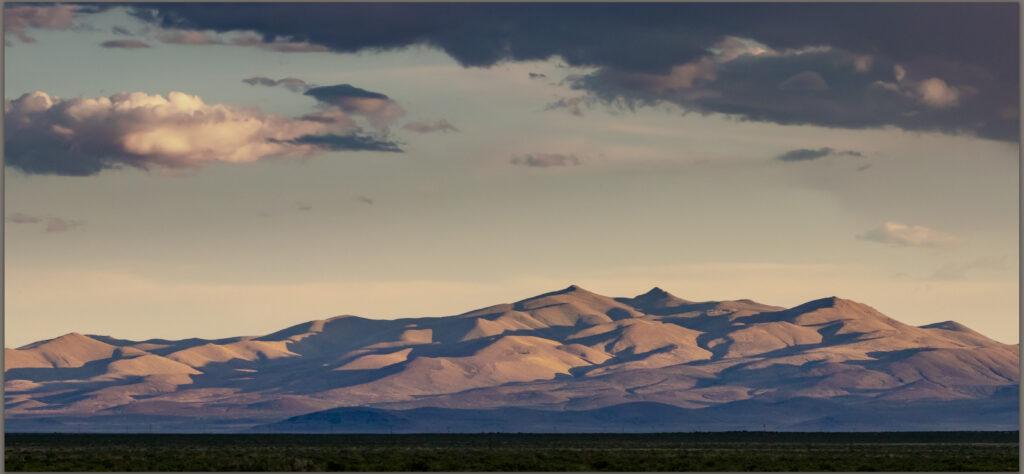
I have been camped for a little more than a week with an archaeological team in the Quinn River Valley of northern Nevada. Our work focuses on the vast, natural obsidian sources of the Double H and Montana Mountains that rise west of the valley’s broad sagebrush and agricultural land. I have been doing research on obsidian sources in this area of northern Nevada, off and on, for over twenty years, and I am still amazed by the complexity of these ancient volcanic rocks. Of course, I enjoy every opportunity to get into this part of the Nevada outback. While we document the obsidian and archaeological sites throughout the source areas, I get time in the early mornings and late evenings to practice and capture compositions around our project area.
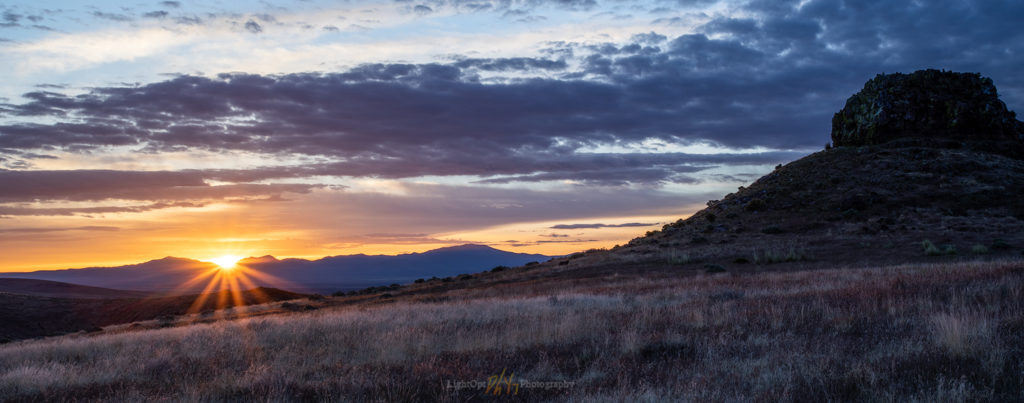
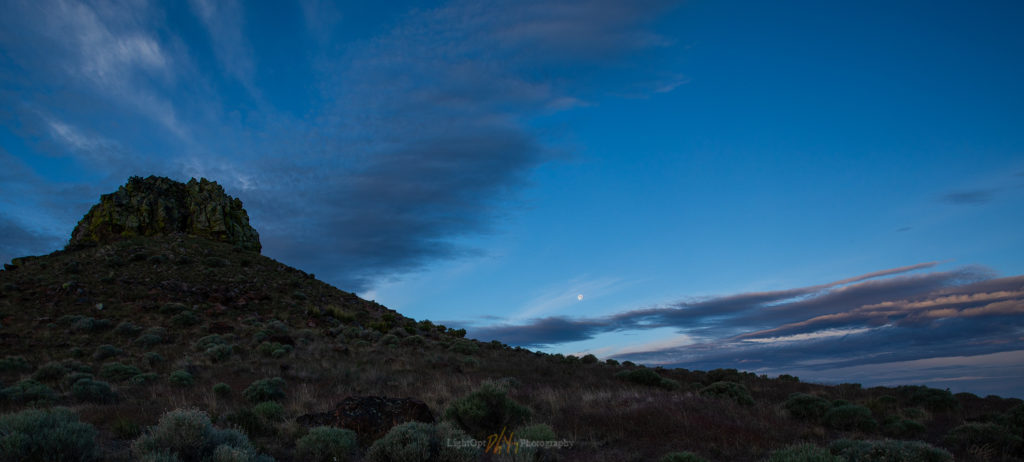
Sentinel Rock is a prominent landmark on the western side of the Quinn River Valley. I am on the road early one morning—the morning with a few clouds—to hike the ridge to the volcanic plug. I circle the outcrop to capture the sunrise and the moonset. The images are nice, but I struggle with how to work with the dynamic range while expressing the feeling of early morning light.
The clouds built into isolated and short-lived afternoon thunderstorms, so I worked into the evening to watch the light play on the mountains. I undoubtedly spent too much time on the big views of the light, as I often do, and this results in a general lack of clear subject or foreground interest in many of the images from the Quinn River evenings. It is a basic limitation of moving between camp and the project area, or heading out quickly at the end of a field day; there is little time to get settled into a specific place and find a story or compose one or two thoughtful images that highlight the experience of this part of the Great Basin.
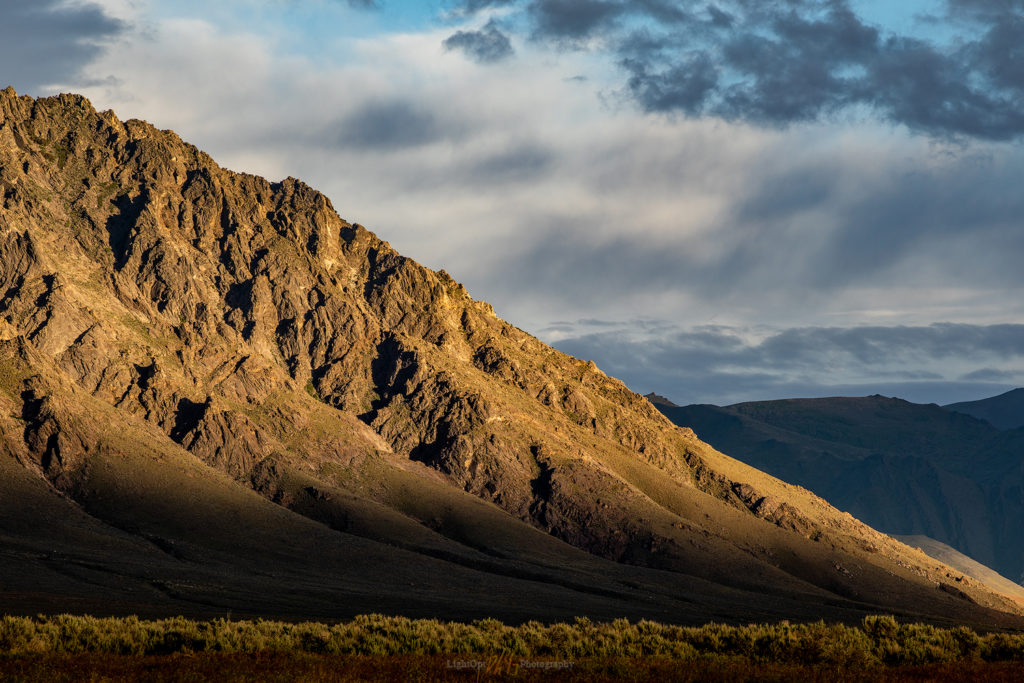
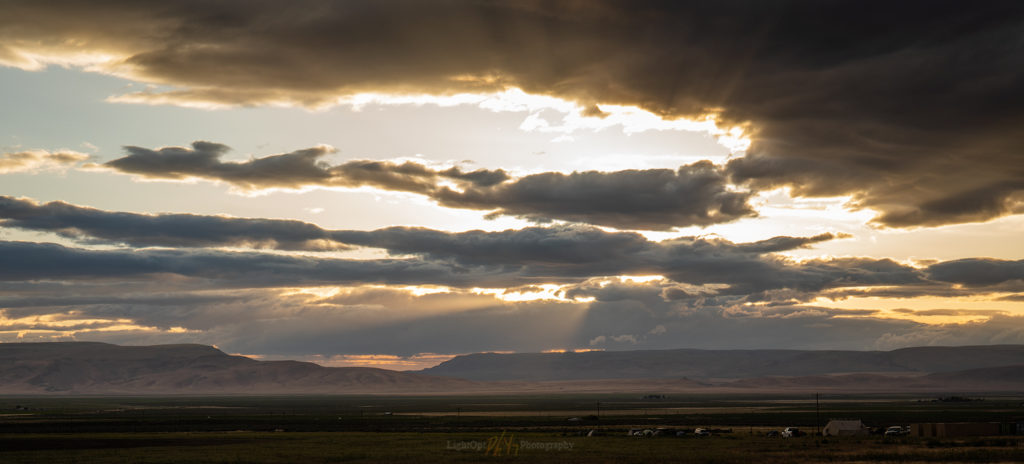
I like this challenge, but I remain on a slow learning curve. So, my shots remain disconnected snippets of my time along the Quinn River, and yet, there are a couple favorites here that will inhabit my portfolio collection for the near future.
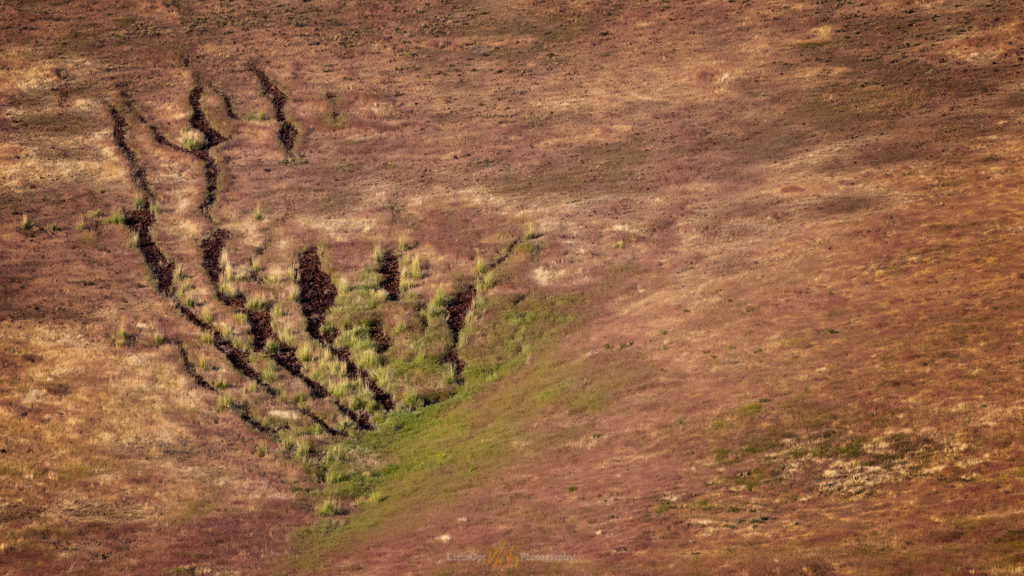
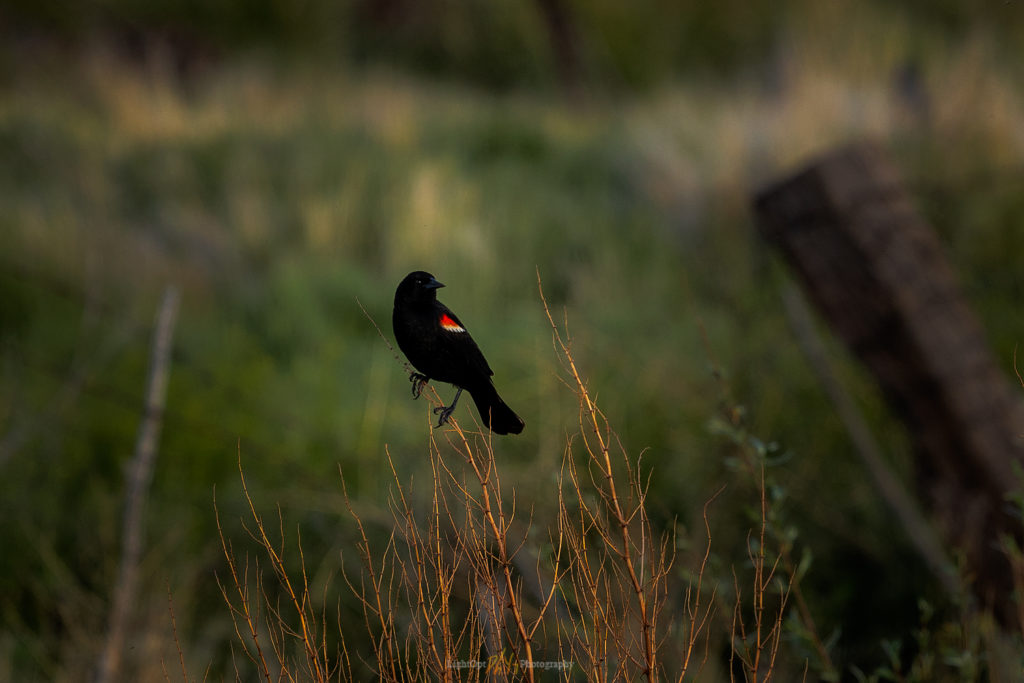
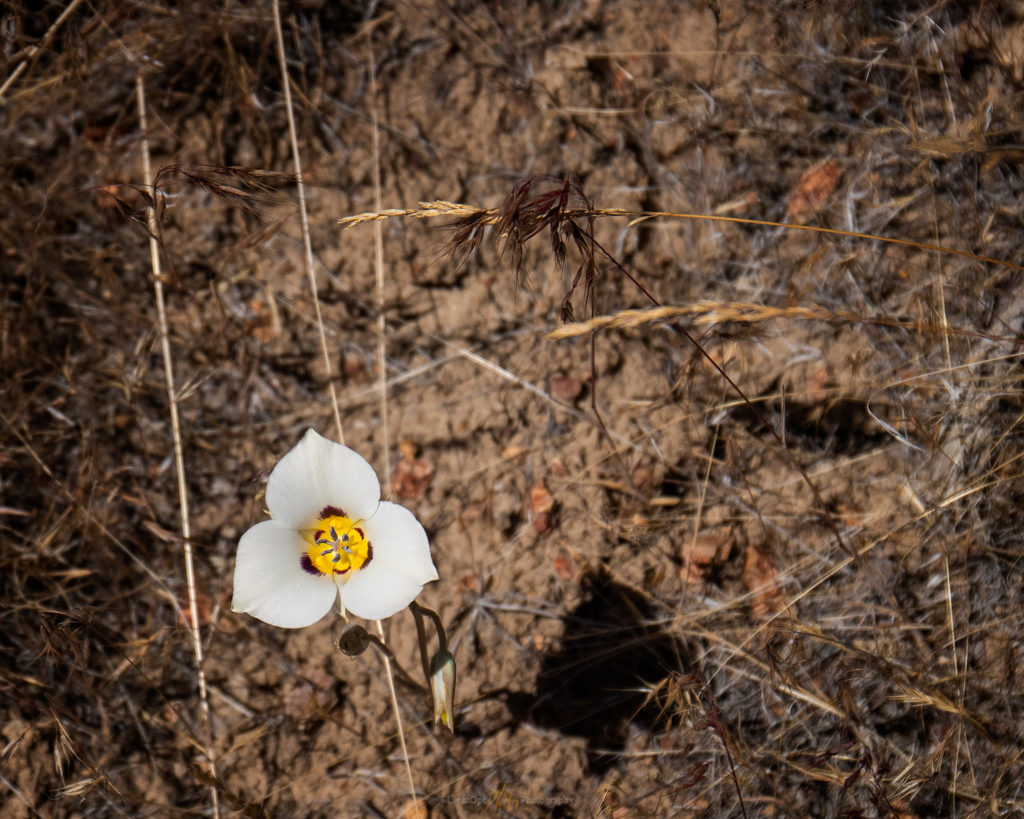
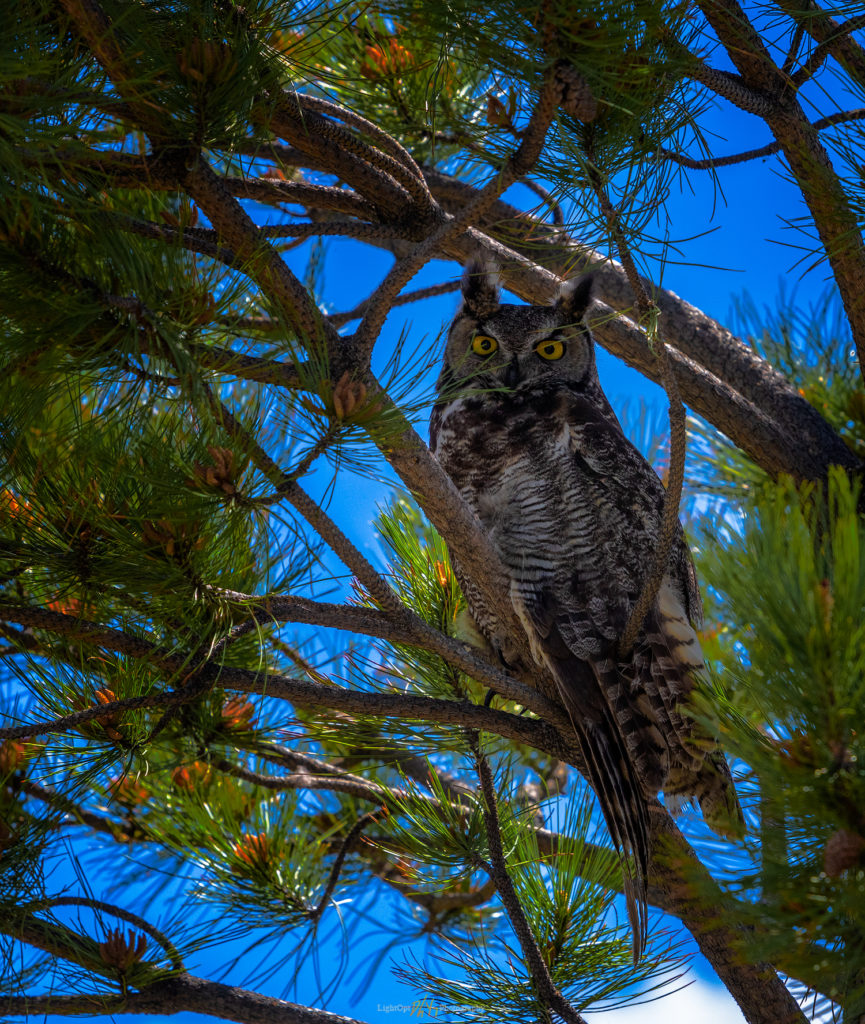
Keep going.
Leave a Reply